Find Help
More Items From Ergsy search
-
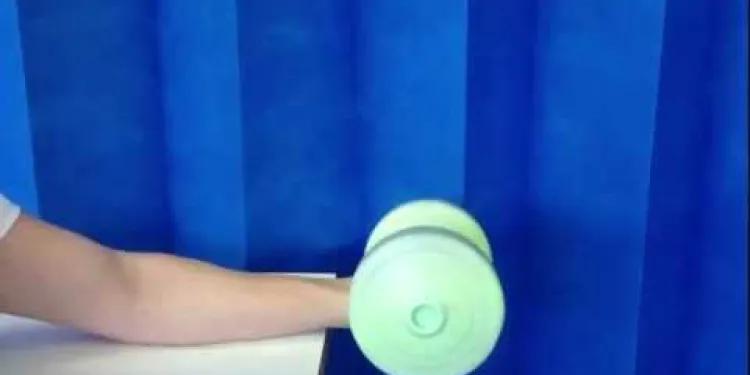
Eccentric loading forearm extensors (for tennis elbow)
Relevance: 100%
-

Tennis Elbow
Relevance: 45%
-
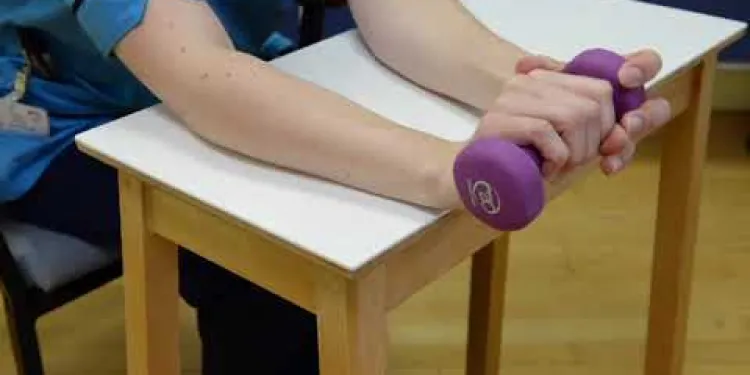
Elbow Eccentric Strengthening Exercise
Relevance: 43%
-
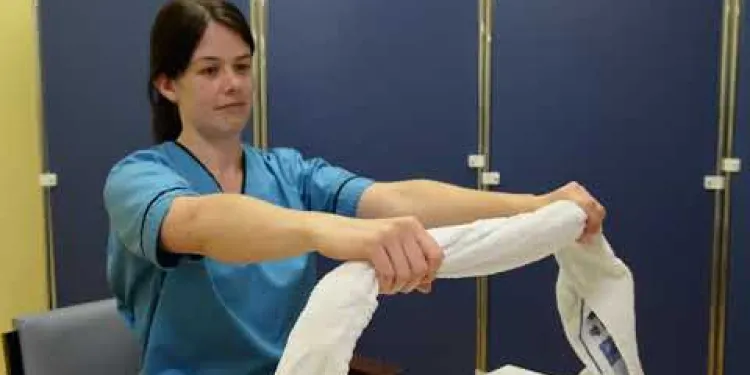
Elbow
Relevance: 34%
-
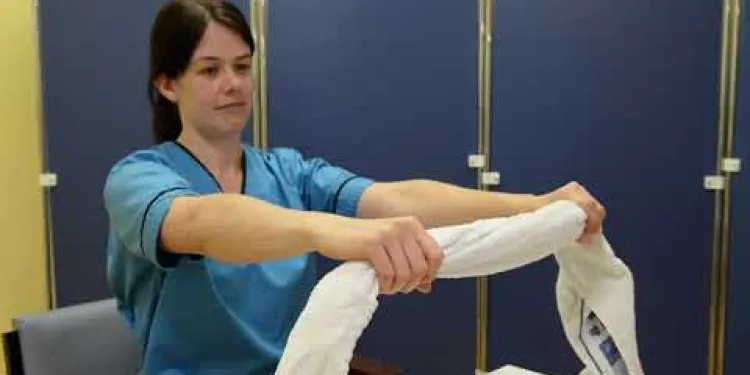
Elbow
Relevance: 26%
-
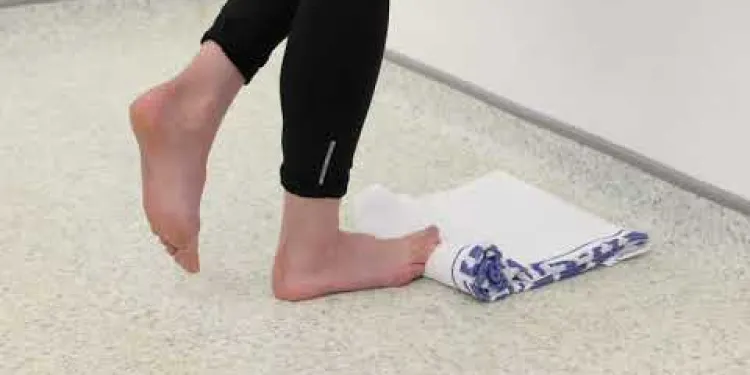
Plantar Fascia Loading Exercise (High Load Exercise)
Relevance: 18%
-

What does an undetectable viral load mean?
Relevance: 16%
-

Are there specific exercises that can help with Carpal Tunnel Syndrome?
Relevance: 10%
-

Is it safe for a partner of someone with HIV to have children?
Relevance: 7%
-

What is antiretroviral therapy (ART)?
Relevance: 5%
-

What is HIV?
Relevance: 5%
-
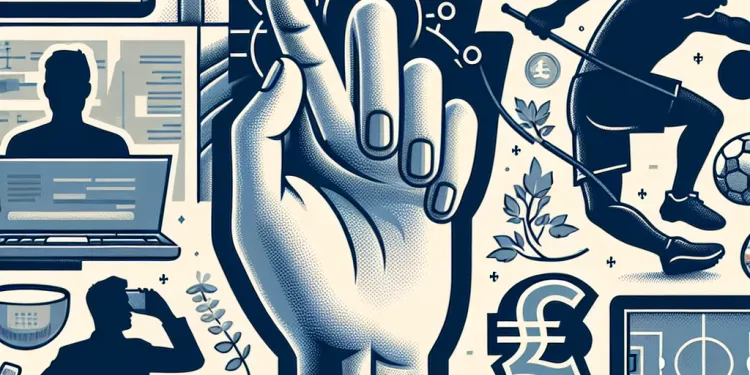
Can I work or continue sports activities if I have Carpal Tunnel Syndrome?
Relevance: 5%
-

What is the difference between HIV and AIDS?
Relevance: 5%
-

What is HIV / AIDS?
Relevance: 4%
-
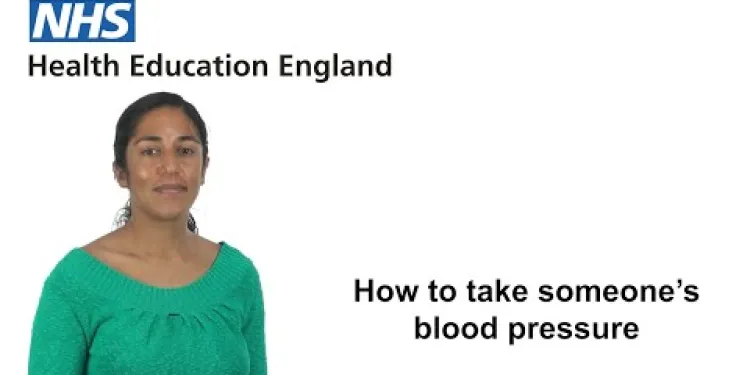
How to take someone's blood pressure
Relevance: 4%
-
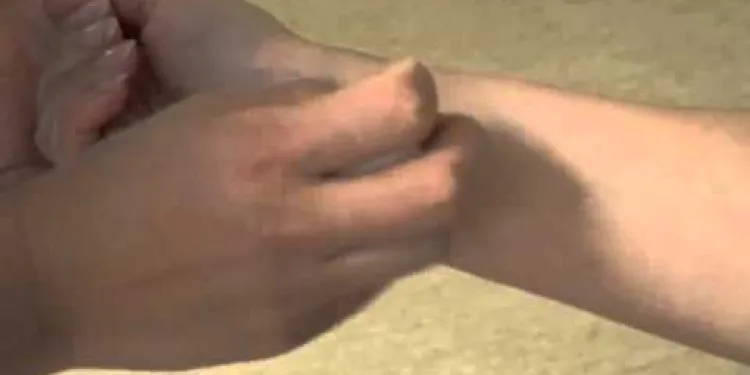
Using pressure points to relieve nausea
Relevance: 3%
-

What to expect of a DXA Scan
Relevance: 3%
-
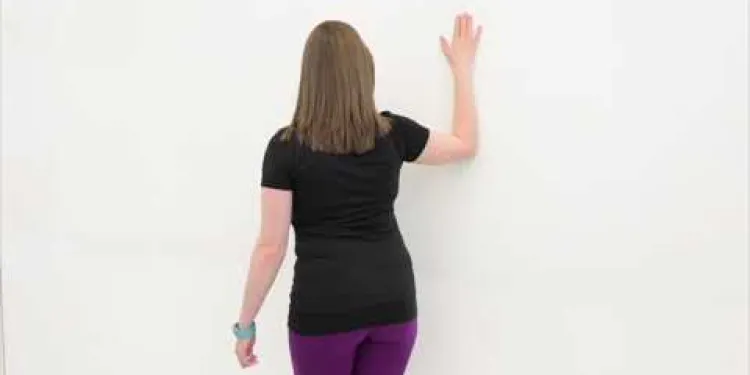
Frozen Shoulder Anterior Shoulder Stretch
Relevance: 3%
-

How can I prevent spreading my cold to others?
Relevance: 3%
-

What is Carpal Tunnel Syndrome (CTS)?
Relevance: 3%
-

What is the Lightning Network?
Relevance: 3%
-

What is fomepizole and how does it work?
Relevance: 3%
-

Psoriasis | NHS
Relevance: 3%
-

How is HIV transmitted?
Relevance: 3%
-

Are there vaccines available for HIV?
Relevance: 3%
-

What is the role of consumers in reducing water loss?
Relevance: 3%
-

How does HIV affect the immune system?
Relevance: 3%
-
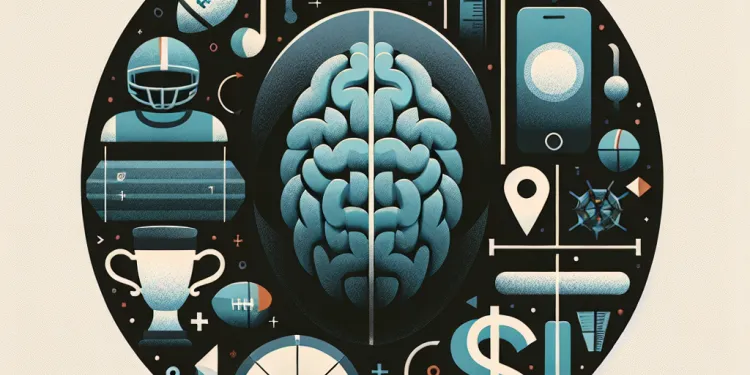
What causes concussions in rugby?
Relevance: 3%
-

Why do energy companies charge different rates for their electricity?
Relevance: 3%
-
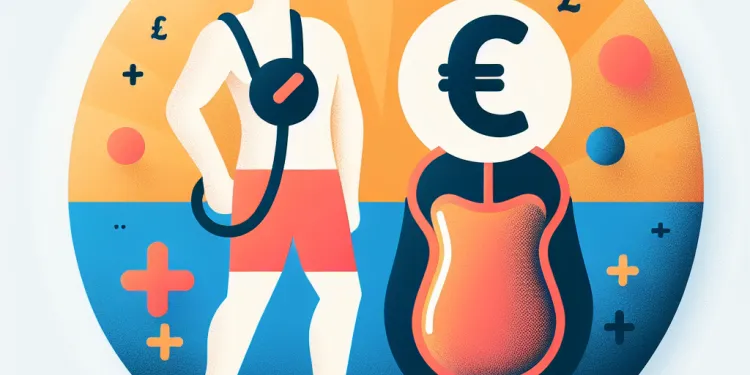
Can you participate in sports or physical activities with a stoma bag?
Relevance: 3%
-

What to expect of a DXA Scan
Relevance: 2%
-

How is a nut allergy diagnosed?
Relevance: 2%
-
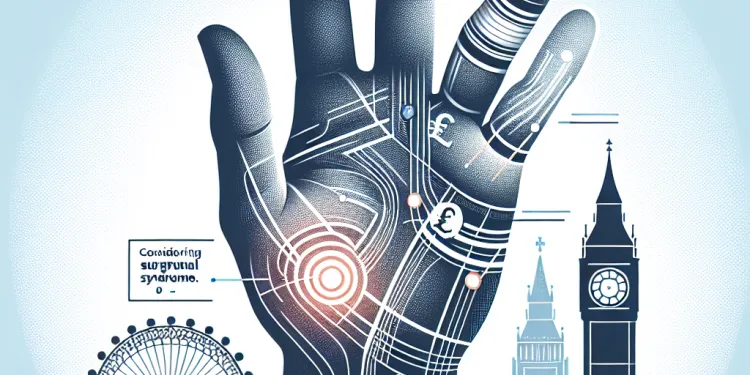
When should I consider surgery for Carpal Tunnel Syndrome?
Relevance: 2%
-

Is Carpal Tunnel Syndrome covered by the NHS?
Relevance: 2%
-

Can people with HIV lead normal lives?
Relevance: 2%
-

Should people with a concussion avoid screens and technology?
Relevance: 2%
-
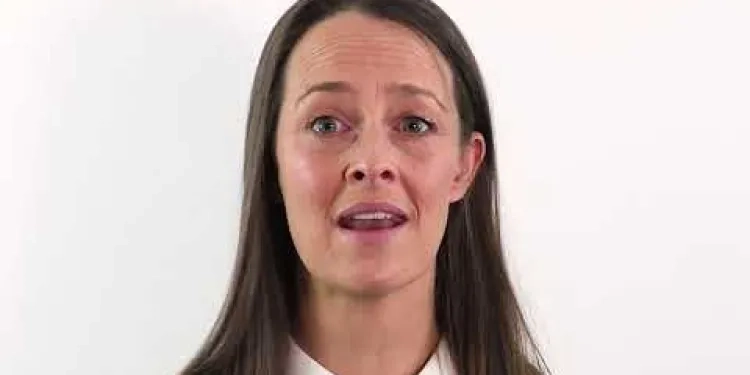
Carpal Tunnel Syndrome
Relevance: 2%
-

What non-surgical treatments are available for Carpal Tunnel Syndrome?
Relevance: 2%
-

Can Carpal Tunnel Syndrome recur after treatment?
Relevance: 2%
-

What causes Carpal Tunnel Syndrome?
Relevance: 2%
Eccentric Loading for Forearm Extensors to Combat Tennis Elbow
Understanding Tennis Elbow
Tennis elbow, clinically known as lateral epicondylitis, is a common condition affecting many individuals, particularly those involved in repetitive wrist and arm movements. It often manifests as pain and tenderness on the outer part of the elbow. Although commonly associated with tennis players, it can affect anyone engaging in activities that overuse the forearm muscles.The Role of Forearm Extensors
The forearm extensors, primarily responsible for extending the wrist and fingers, play a significant role in grip strength and stabilization during arm and wrist activities. Overuse or improper use of these muscles can lead to tiny tears and inflammation in the tendons connecting to the lateral epicondyle, resulting in tennis elbow.What is Eccentric Loading?
Eccentric loading refers to exercises where the muscle lengthens under tension, as opposed to concentric loading, where the muscle shortens. This type of exercise has been proven to be effective in strengthening muscles and tendons while promoting healing in tendinopathies, including tennis elbow. Eccentric exercises specifically target the forearm extensors by slowly elongating them, helping to repair damaged tendons.Effective Eccentric Exercises
One highly recommended eccentric exercise for forearm extensors is the "wrist extensor eccentric loading exercise". To perform: 1. Hold a light weight (1-2 kg) in your hand. 2. Rest your forearm on a flat surface with your wrist hanging over the edge. 3. Use your other hand to lift your weighted hand up. 4. Slowly lower the weight back down using only the affected arm, allowing the wrist to extend slowly. 5. Repeat 10-15 times, gradually increasing repetitions as strength improves.Benefits of Eccentric Loading
The benefits of incorporating eccentric loading exercises in the rehabilitation of tennis elbow are numerous. These exercises increase tendon strength and flexibility, reduce pain, and promote collagen formation, aiding tendon repair. They also help in reducing the recurrence of lateral epicondylitis by creating more resilient tendons.Consultation and Consistency
It's crucial for individuals suffering from tennis elbow to consult with a physiotherapist or a healthcare professional before starting any eccentric loading exercise regime. Consistency is key for these exercises to be effective. Performing them regularly, as advised by a professional, can lead to significant improvements in strength and pain relief, paving the way for recovery.Conclusion
Eccentric loading exercises for forearm extensors hold substantial promise in managing and treating tennis elbow. By understanding their mechanism and benefits, integrating them into a rehabilitation program can lead to effective pain management and enhanced muscular resilience. Always seek professional guidance and stay consistent for optimal results.Exercises to Help Tennis Elbow
What is Tennis Elbow?
Tennis elbow causes pain on the outside of your elbow. It happens when you use your wrist and arm a lot. Even people who don’t play tennis can get it. You might feel soreness or pain when you move your arm.Why Forearm Muscles Are Important
The muscles in your forearm help you move your wrist and fingers. They also help you grip things. If you use these muscles too much or in the wrong way, it can hurt the tendon in your elbow. This can cause tennis elbow.What is Eccentric Loading?
Eccentric loading is a way to exercise your muscles. It makes them stronger and helps them heal. It means you make the muscle longer while it is working. This can help fix tennis elbow by making the forearm muscles stronger in a gentle way.Exercises You Can Try
Here is an exercise to help your forearm muscles: 1. Hold a light weight (1-2 kg). 2. Rest your forearm on a table with your hand hanging off the edge. 3. Use your other hand to lift the hand with the weight up. 4. Slowly lower the weight with the sore arm. 5. Do this 10-15 times. You can do more as you get stronger.Why These Exercises Help
Doing these exercises helps your tendons become stronger and more flexible. It can make your pain go away. It also helps to fix the tendons and reduces the chance of getting tennis elbow again.Get Help and Be Consistent
Talk to a doctor or physiotherapist before you start these exercises. Doing them regularly, as they suggest, will help you get better.Summary
Exercises that stretch the forearm can help with tennis elbow. They help manage pain and make your muscles strong. Always get advice from a professional and keep doing the exercises to feel better.Frequently Asked Questions
What is eccentric loading for forearm extensors?
Eccentric loading for forearm extensors involves exercises where the muscle lengthens under tension. It is particularly effective in treating tennis elbow by strengthening the muscles and tendons.
How does eccentric loading help with tennis elbow?
Eccentric loading helps remodel and strengthen the tendons of the forearm extensors, reducing pain and inflammation associated with tennis elbow.
How often should I perform eccentric loading exercises for tennis elbow?
It is generally recommended to perform eccentric loading exercises twice a day, with 3 sets of 10-15 repetitions per session.
What equipment do I need for eccentric loading exercises?
Commonly used equipment includes a lightweight dumbbell or a resistance band. Sometimes, a special grip device may also be used.
Can I do eccentric loading exercises at home?
Yes, eccentric loading exercises can easily be performed at home with minimal equipment like dumbbells or resistance bands.
How long will it take to see improvement in my tennis elbow with eccentric loading exercises?
Improvements can usually be noticed within 6-12 weeks, but it may vary depending on the severity of the condition and consistency in performing the exercises.
Is it normal to feel pain during eccentric loading exercises?
Some discomfort is normal, but severe pain should be avoided. If you experience significant pain, it’s best to consult with a healthcare professional.
Are there any risks associated with eccentric loading exercises?
When performed correctly, the risks are minimal. However, improper form or overloading can lead to further injury. It's best to follow guidance from a healthcare provider.
Can I continue playing tennis while doing eccentric loading exercises?
It’s generally suggested to decrease or modify tennis activities while commencing eccentric loading exercises to allow your body to heal.
How do I know if I'm performing the eccentric loading exercises correctly?
It’s advisable to seek initial guidance from a physiotherapist. They can ensure you are using the correct form and technique.
Do I need a warm-up before performing eccentric loading exercises?
Yes, it’s beneficial to warm up with light aerobic exercise or gentle stretching to prepare your muscles and reduce the risk of injury.
Can eccentric loading exercises be combined with other treatments for tennis elbow?
Yes, they can be effectively combined with other treatments such as physiotherapy, ice therapy, or anti-inflammatory medication.
Are there specific exercises for eccentric loading of the forearm extensors?
Yes, one common exercise involves using a dumbbell. You’ll raise the weight with the non-affected hand and lower it slowly with the affected hand.
Is it necessary to consult a healthcare professional before starting eccentric loading exercises?
It is highly recommended to consult a healthcare professional to get a proper diagnosis and tailored exercise plan.
Are eccentric loading exercises suitable for everyone with tennis elbow?
Most individuals with tennis elbow can benefit, but it's crucial to have an assessment by a healthcare professional to tailor the exercises to individual needs.
What is eccentric loading for forearm extensors?
Eccentric loading for forearm extensors is a way to make arm muscles stronger.
Let's explain it simply:
- Your forearm has muscles that help you move your hand and wrist. These are called forearm extensors.
- Eccentric loading is an exercise you do when you slowly use these muscles to help them grow.
- You can do this by holding a weight and slowly lowering it. Your muscles work hard when you do this.
Here are some tips:
- Ask a trainer to show you how to do it safely.
- Use light weights to start.
- Go slow and careful to avoid getting hurt.
Eccentric loading for your forearm extensors is a way to exercise. It helps your muscles get longer while they work. This is good for making your arm stronger. If you have tennis elbow, these exercises can help make the muscles and tendons in your arm better.
How can a special exercise help with tennis elbow?
Eccentric loading is a big word. It helps make the forearm muscles and tendons stronger. This can help with pain and swelling that comes with tennis elbow.
How often should I do special exercises for tennis elbow?
If your elbow hurts from tennis, you can do special exercises to help. Try to do these exercises every day.
These exercises are called "eccentric loading." They help make your arm strong and better.
Ask a grown-up or a coach to show you how to do them safely.
It's best to do special exercises two times every day. Do 3 sets of these exercises and repeat them 10 to 15 times each set.
What things do I need for special exercise?
You need some things to do these exercises. Here is a list to help you:
- Weights: You can use dumbbells or kettlebells.
- Resistance Bands: These are stretchy bands to help make your muscles strong.
- Exercise Mat: This is a soft mat to lay on.
- Stable Chair or Bench: Use this for sitting or step-up exercises.
- Water Bottle: Drink water to stay healthy and strong.
These exercises need slow, careful movements. Here are some ideas to help you:
- Ask someone to help you learn.
- Watch videos to see how it is done.
- Start with light weights and go slow.
People often use light weights or stretchy bands for exercise. Sometimes, they also use a tool to help with gripping things.
Can I do special exercises at home?
Yes, you can do special exercises at home. These exercises make your muscles stronger. You can try asking someone to help you. Use videos or apps to guide you. Always be careful and take breaks when needed.
Yes, you can do these special exercises at home. You just need a few things like dumbbells or stretchy bands.
How long until my tennis elbow gets better with special exercises?
To help your tennis elbow, you can do special exercises. These exercises are called eccentric loading exercises. They help make your elbow stronger and less sore over time.
It can take a few weeks to a few months to see improvement. Everyone is different, so the time it takes can change.
Here are some tips to help you:
- Do the exercises every day.
- Ask a friend or family member to help you remember.
- Use a clock or timer to keep track of your exercise time.
- If you feel pain, stop and rest.
Keep doing the exercises, and you should feel better in a little while!
You might see changes after doing exercises for 6 to 12 weeks. But everyone is different. How bad the problem is and how often you do the exercises can change how quickly you see improvements.
Is it okay to feel hurt during special exercises?
When you do some exercises, you might feel a bit of pain. These are called special exercises where you move your muscles while they stretch. It is important to remember:
- It's common to feel a little sore.
- If the pain is strong, stop and tell someone.
Here are some tips to help you:
- Go slow and be gentle with yourself.
- Use videos or pictures to understand the exercises better.
Feeling a little discomfort is normal. But if you feel a lot of pain, you should stop. Talk to a doctor if the pain is really bad.
Are there any dangers with special exercises?
When done the right way, the risks are small. But if you do it wrong or lift too much, you might get hurt. It's a good idea to listen to your doctor or healthcare worker.
Can I keep playing tennis while doing special exercises?
You want to know if you can still play tennis while doing exercises. These exercises help to make your muscles stronger.
It is best to ask a coach or a doctor if you can do both. They can tell you what is safe.
You can also keep track of how you feel. If something hurts, it is important to stop and rest.
Using tools like a planner can help you manage your tennis and exercise times. This way, you do not do too much at once.
When you start doing special exercises for tennis, it’s a good idea to play less tennis. This helps your body get better.
How do I know if I am doing the exercises right?
It’s a good idea to talk to a physiotherapist first. They can help make sure you are doing things the right way.
Should I warm up before doing special exercises?
It is a good idea to warm up first. A warm-up helps you get ready to move your body. It makes your muscles warm and ready. Try doing easy exercises like walking or gentle stretches. These can help your body get ready for the harder exercises. Warming up can keep you safe and stop you from getting hurt.
Yes, it's good to do some light exercise or gentle stretching before you start. This helps your muscles get ready and stops you from getting hurt.
Can we use special exercises with other help for tennis elbow?
Yes, they work well with other treatments like physiotherapy, using ice, or taking medicine to help with swelling.
Can I do special exercises to make my arm muscles stronger when they stretch?
Yes, here's an exercise you can try. You use a weight called a dumbbell. First, lift the weight with the hand that feels fine. Then, lower the weight slowly with the hand that's hurt.
Do I need to ask a doctor before doing special exercises?
Before starting special exercises, it is a good idea to ask a doctor or healthcare professional. They can help you stay safe and make sure the exercises are right for you.
It’s a good idea to talk to a doctor or nurse. They can help you understand what's wrong and give you an exercise plan just for you.
Can everyone with tennis elbow do special exercises?
If your elbow hurts because you play tennis, some exercises can help you feel better. It is important to see a doctor or nurse who can check your elbow to make sure you do the right exercises for you.
Useful Links
- Ergsy carfully checks the information in the videos we provide here.
- Videos shown by Youtube after a video has completed, have NOT been reviewed by ERGSY.
- To view, click the arrow in centre of video.
- Most of the videos you find here will have subtitles and/or closed captions available.
- You may need to turn these on, and choose your preferred language.
- Go to the video you'd like to watch.
- If closed captions (CC) are available, settings will be visible on the bottom right of the video player.
- To turn on Captions, click settings .
- To turn off Captions, click settings again.
More Items From Ergsy search
-

Eccentric loading forearm extensors (for tennis elbow)
Relevance: 100%
-

Tennis Elbow
Relevance: 45%
-

Elbow Eccentric Strengthening Exercise
Relevance: 43%
-

Elbow
Relevance: 34%
-

Elbow
Relevance: 26%
-

Plantar Fascia Loading Exercise (High Load Exercise)
Relevance: 18%
-

What does an undetectable viral load mean?
Relevance: 16%
-

Are there specific exercises that can help with Carpal Tunnel Syndrome?
Relevance: 10%
-

Is it safe for a partner of someone with HIV to have children?
Relevance: 7%
-

What is antiretroviral therapy (ART)?
Relevance: 5%
-

What is HIV?
Relevance: 5%
-

Can I work or continue sports activities if I have Carpal Tunnel Syndrome?
Relevance: 5%
-

What is the difference between HIV and AIDS?
Relevance: 5%
-

What is HIV / AIDS?
Relevance: 4%
-

How to take someone's blood pressure
Relevance: 4%
-

Using pressure points to relieve nausea
Relevance: 3%
-

What to expect of a DXA Scan
Relevance: 3%
-

Frozen Shoulder Anterior Shoulder Stretch
Relevance: 3%
-

How can I prevent spreading my cold to others?
Relevance: 3%
-

What is Carpal Tunnel Syndrome (CTS)?
Relevance: 3%
-

What is the Lightning Network?
Relevance: 3%
-

What is fomepizole and how does it work?
Relevance: 3%
-

Psoriasis | NHS
Relevance: 3%
-

How is HIV transmitted?
Relevance: 3%
-

Are there vaccines available for HIV?
Relevance: 3%
-

What is the role of consumers in reducing water loss?
Relevance: 3%
-

How does HIV affect the immune system?
Relevance: 3%
-

What causes concussions in rugby?
Relevance: 3%
-

Why do energy companies charge different rates for their electricity?
Relevance: 3%
-

Can you participate in sports or physical activities with a stoma bag?
Relevance: 3%
-

What to expect of a DXA Scan
Relevance: 2%
-

How is a nut allergy diagnosed?
Relevance: 2%
-

When should I consider surgery for Carpal Tunnel Syndrome?
Relevance: 2%
-

Is Carpal Tunnel Syndrome covered by the NHS?
Relevance: 2%
-

Can people with HIV lead normal lives?
Relevance: 2%
-

Should people with a concussion avoid screens and technology?
Relevance: 2%
-

Carpal Tunnel Syndrome
Relevance: 2%
-

What non-surgical treatments are available for Carpal Tunnel Syndrome?
Relevance: 2%
-

Can Carpal Tunnel Syndrome recur after treatment?
Relevance: 2%
-

What causes Carpal Tunnel Syndrome?
Relevance: 2%


